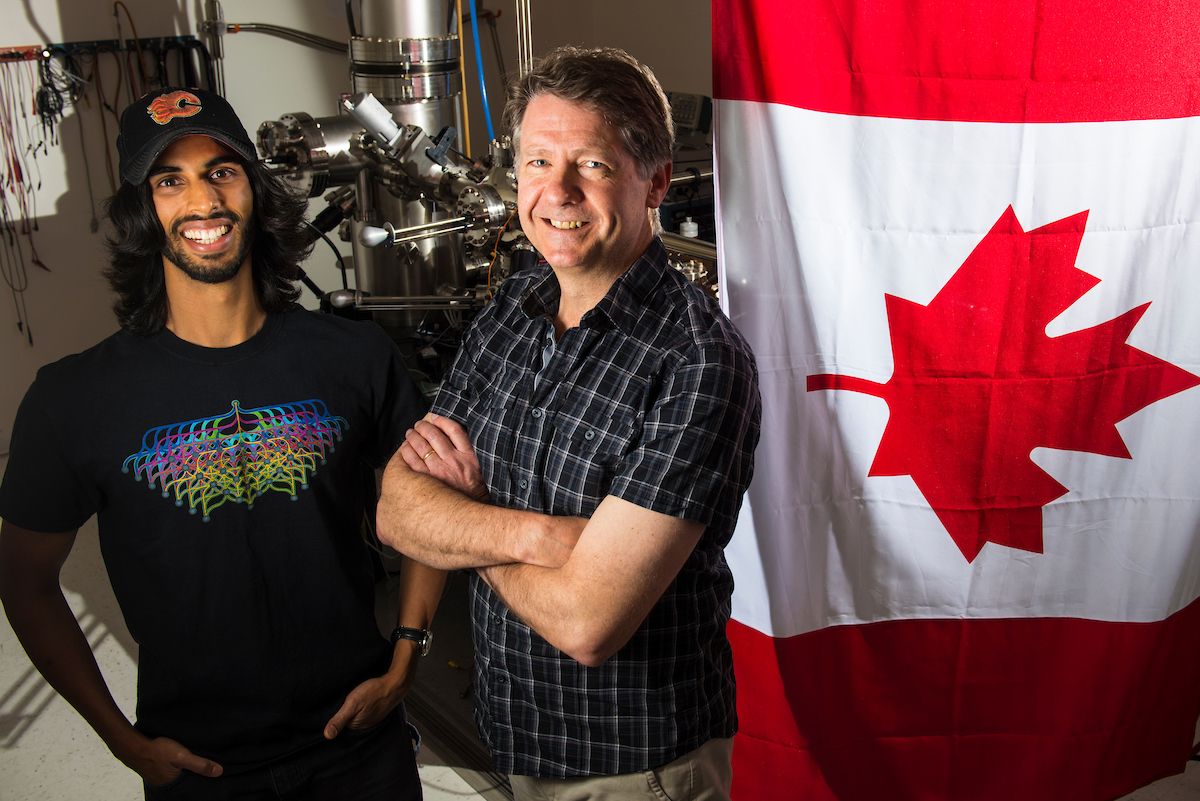University of Alberta scientists say they’ve created the most dense, solid-state hard drive in history, one that could exceed the capabilities of current hard drives by 1,000 times.

The scientists set out to find a way to provide more memory in less space. They say it took years of tiny advances in atomic-scale nanotechnology to make it happen.
READ MORE: University of Alberta receives $1.5M in federal funds for 11 science projects
But they recently accomplished their goal, which they say allows for small, stable, dense memory at the atomic level.
“Essentially, you can take all 45 million songs on iTunes and store them on the surface of one quarter,” said Roshan Achal, a PhD student in the department of physics.
“Five years ago, this wasn’t even something we thought possible.”
LISTEN BELOW: Roschan Achal speaks with 630 CHED’s Ryan Jespersen
Achal said that’s 138 terabytes per square inch, which is basically the size of one postage stamp.
READ MORE: University of Alberta receives $24M grant for research equipment
The scientists say their memory is ready for real-world temperatures, which means it can be used and transported.
“What is often overlooked in the nanofabrication business is actual transportation to an end user. That simply was not possible until now given temperature restrictions,” Achal said.
“Our memory is stable well above room temperature and precise down to the atom.”
The team of scientists said the next steps will be increasing readout and writing speeds, which will allow for more flexible applications.
Achal said it could be sold as a consumer product within five to 10 years if there is the necessary interest and funding.


Comments